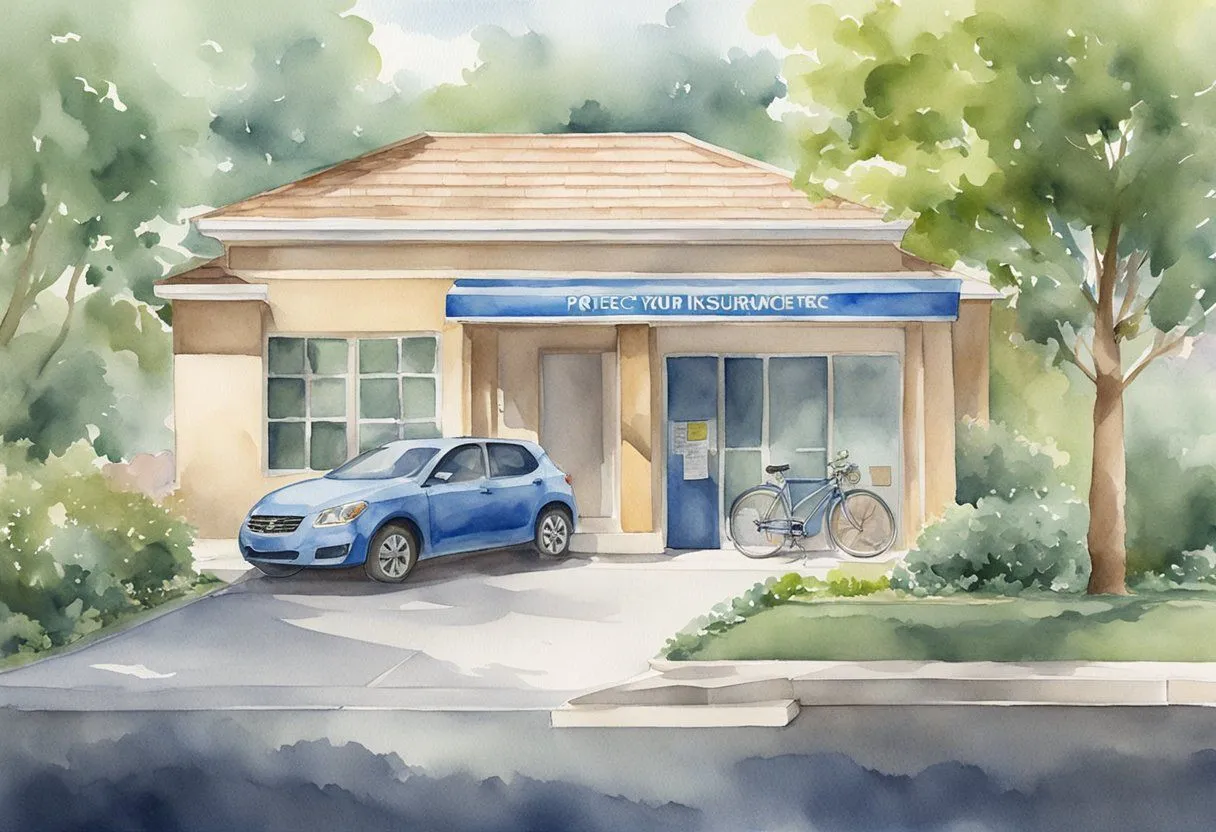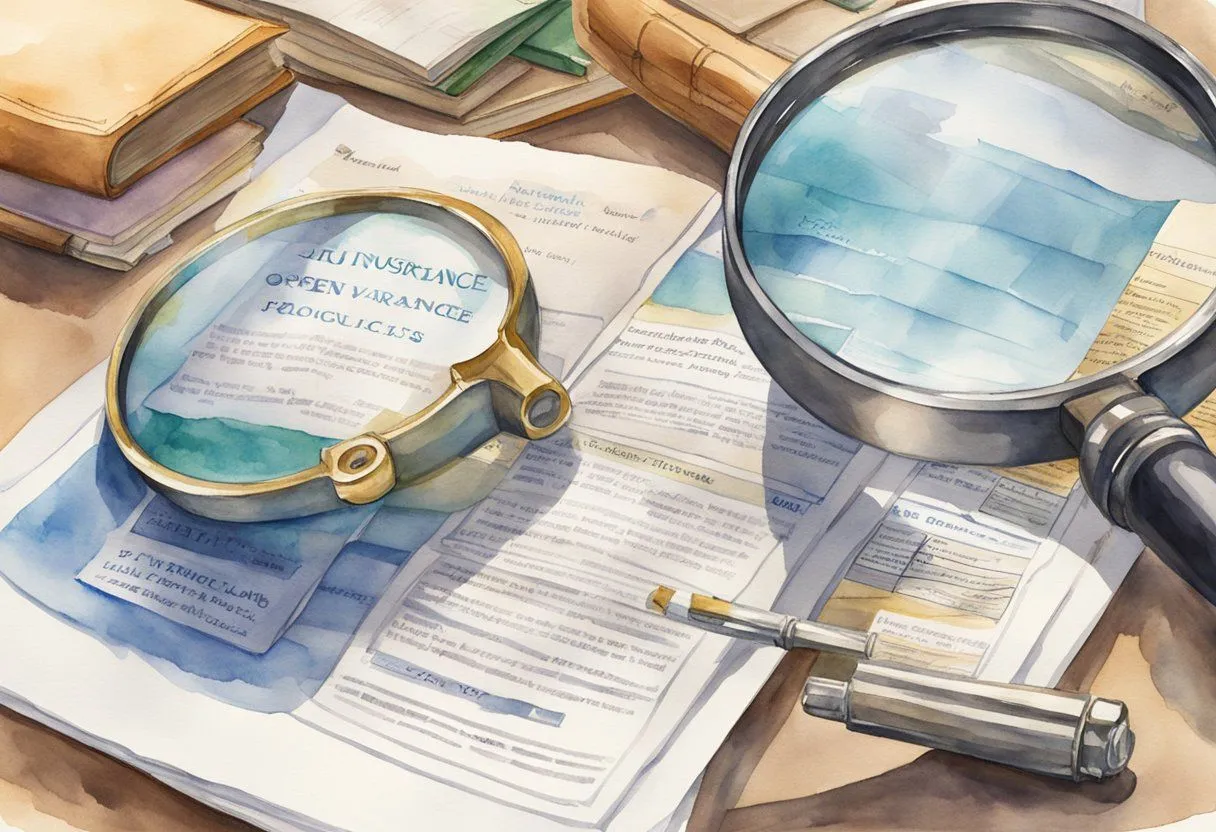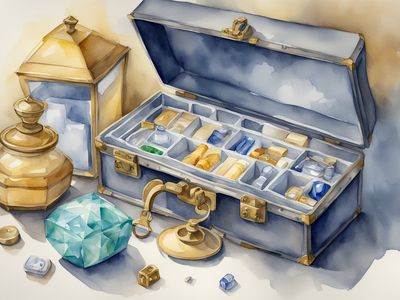Securing Your Prized Possessions: Insurance for High-Value Items
When it comes to protecting valuable items, many people often overlook the importance of insurance. Whether it’s a piece of jewelry, a rare artwork, or a vintage car, high-value possessions can be expensive to replace if they are lost, stolen, or damaged. Without proper insurance coverage, the financial burden of replacing these items can be devastating.
Insurance for high-value items is designed to provide coverage for possessions that are not typically covered under a standard homeowner’s or renter’s insurance policy. This type of insurance can provide peace of mind by protecting your prized possessions against a wide range of risks, including theft, fire, natural disasters, and accidental damage. By securing insurance for your high-value items, you can rest assured that you will be able to replace them if something unexpected happens.
In this article, we will explore the importance of insurance for high-value items and provide tips on how to choose the right coverage for your needs. We will also discuss some of the common misconceptions about this type of insurance and offer advice on how to avoid common pitfalls. Whether you have a collection of rare coins, a valuable piece of artwork, or any other high-value item, this article will help you understand how insurance can help protect your investments.
Understanding High-Value Item Insurance

Definition and Importance
High-value item insurance is a type of insurance policy that provides financial protection for valuable possessions that are not typically covered by standard home insurance policies. These items can include jewelry, artwork, antiques, collectibles, and other valuable assets.
The importance of high-value item insurance cannot be overstated. Many people assume that their standard home insurance policy will cover all of their possessions, but this is often not the case. High-value items may be subject to limits on coverage or may not be covered at all. Without proper insurance coverage, these items are at risk of being lost, stolen, or damaged without any financial compensation.
Types of High-Value Item Insurance
There are several types of high-value item insurance policies available, each with its own benefits and drawbacks. The most common types include:
- Scheduled coverage: This type of policy provides coverage for specific items that are individually listed on the policy. The value of these items is agreed upon in advance, and the policyholder pays a premium based on that value.
- Blanket coverage: This type of policy provides coverage for a group of items up to a certain total value. This can be a more cost-effective option for those with multiple high-value items.
- Inflation protection: This type of policy adjusts the coverage limits for high-value items to account for inflation over time.
It is important to carefully consider the options and choose a policy that provides adequate coverage for all high-value possessions.
Assessing Your High-Value Items

When it comes to insuring high-value items, the first step is to assess the value of your possessions. This will help you determine the appropriate amount of coverage you need and ensure that you are adequately protected.
Item Valuation
To determine the value of your high-value items, it’s important to get an accurate appraisal. This can be done by a professional appraiser who specializes in the type of item you own. For example, if you have a collection of rare coins, you’ll want to find an appraiser who is knowledgeable in numismatics.
It’s important to keep in mind that the value of your items may change over time. For example, if you purchased a piece of artwork 10 years ago, its value may have increased significantly. It’s a good idea to have your items re-appraised every few years to ensure that you have adequate coverage.
Inventory Creation
Once you have determined the value of your high-value items, it’s important to create an inventory. This will help you keep track of your possessions and provide documentation in the event of a loss. Your inventory should include:
- A detailed description of each item
- The value of each item
- Photographs of each item
- Purchase receipts or appraisals
It’s a good idea to keep a copy of your inventory in a safe place outside of your home, such as a safety deposit box. This will ensure that you have access to the information in the event of a disaster, such as a fire or flood.
By assessing the value of your high-value items and creating an inventory, you can ensure that you have adequate insurance coverage and documentation in the event of a loss.
Choosing the Right Insurance Policy

When it comes to insuring high-value items, choosing the right insurance policy is crucial. Here are some factors to consider when selecting an insurance policy.
Policy Options
There are various types of insurance policies available for high-value items. Some policies cover specific items, while others provide broader coverage. Here are some policy options to consider:
- Homeowner’s Insurance: This is a common option for insuring high-value items. However, it may not provide enough coverage for items like jewelry or art collections.
- Scheduled Personal Property Insurance: This type of policy provides coverage for specific items listed on the policy. It may be more expensive, but it offers more comprehensive coverage.
- Valuable Items Insurance: This policy is specifically designed for high-value items like jewelry, art, and antiques. It typically provides broader coverage than homeowner’s insurance.
Claims and Compensation
When selecting an insurance policy, it’s important to understand the claims process and compensation options. Here are some things to consider:
- Deductibles: Make sure you understand the deductible amount and how it will affect your claim.
- Replacement Cost vs. Actual Cash Value: Replacement cost coverage will pay for the full cost of replacing the item, while actual cash value coverage will only pay for the item’s current value.
- Claims Process: Understand the steps involved in filing a claim and how long it will take to receive compensation.
Choosing the right insurance policy for your high-value items can provide peace of mind and protect your prized possessions.
Maintaining Your Insurance Policy
It is important to maintain your insurance policy for high-value items to ensure that your prized possessions are fully protected. Here are some things to keep in mind when maintaining your insurance policy:
Regular Appraisals
To ensure that your high-value items are insured for the correct amount, it is important to get regular appraisals. This is especially important if the value of your items has increased over time. A professional appraiser can provide an accurate valuation of your items, which can help you determine the appropriate level of insurance coverage.
Policy Updates and Renewals
It is important to keep your insurance policy up to date by regularly reviewing and updating your coverage. This can include adding or removing items from your policy, adjusting your coverage limits, and updating your contact and billing information. It is also important to renew your policy on time to avoid any gaps in coverage.
When renewing your policy, it is a good idea to review your coverage limits and deductibles to make sure they are still appropriate for your needs. You may also want to consider any changes in your circumstances that may affect your insurance needs, such as a change in the value of your items or a change in your living situation.
By keeping your insurance policy up to date and getting regular appraisals, you can ensure that your high-value items are fully protected.



